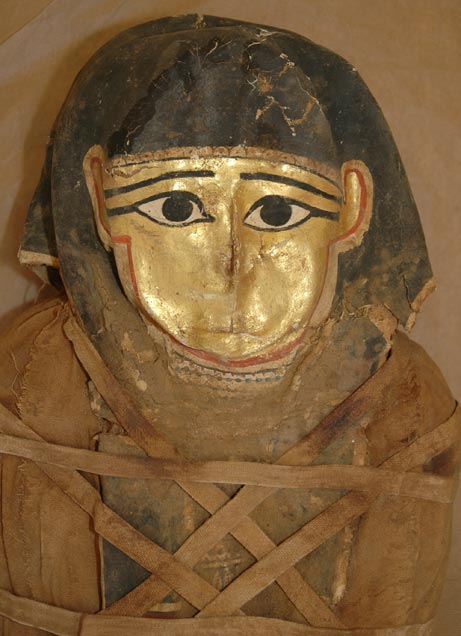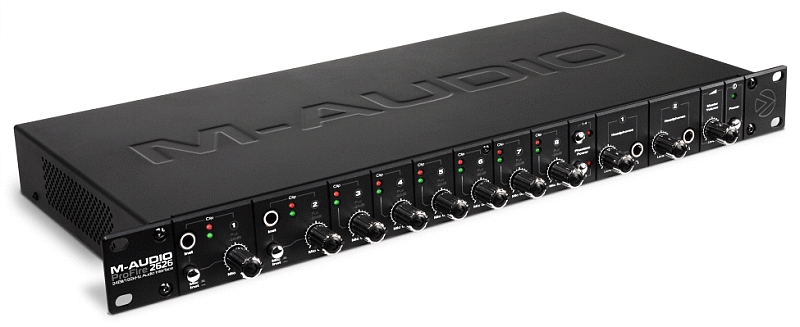Marvel Comics revives Capt. America
 LOS ANGELES - It turns out you can't keep a good man down — or even dead and buried — when he wears a red, white and blue uniform and calls himself Captain America.
LOS ANGELES - It turns out you can't keep a good man down — or even dead and buried — when he wears a red, white and blue uniform and calls himself Captain America.
Marvel Comics, which killed off the veteran superhero almost a year ago, brought him back to life Wednesday — sort of.
Captain America's alter-ego, Steve Rogers, is still resting in peace at Arlington National Cemetery, having been done in by assassins last March. But his good buddy and sidekick from the 1940s, Bucky Barnes, has picked up the bulletproof Captain America shield, put on a new uniform and taken his place.
What's that you say? Wouldn't Bucky be about 85 years old now? And without any real super powers to fall back on, isn't that kind of long in the tooth to be taking a bite out of crime?
Well, yeah. But remember, this is the comic book world we're talking about. Bucky was put in suspended animation by the evil Russians (back when they were evil) and stayed that way for the better part of 60 years.
"So he's probably in his late 20s right now," jokes Marvel Editor in Chief Joe Quesada, who decided to promote him to Captain America.
Rogers' old sidekick had already returned to the Marvel pantheon of heroes some time back as the rugged Winter Soldier, redeeming himself for the years he'd spent under the control of the bad guys, who would occasionally thaw him out for evil deeds.
"We were toying with the idea of someone new taking over the mantle of Captain America," Quesada said by phone from his New York office. "But we kept coming back to Bucky. Not only because he seemed such an obvious choice but especially because of the fact that when we brought him back as the Winter Soldier he was so incredibly popular."
Barnes never swallowed the "Super Soldier Serum" that transformed the wimpy Rogers into the super-strong Captain America in the months before World War II. So he's at a bit of a disadvantage in his new role. But he's bulked up himself over the years, become a master at special operations and he's also packing some serious heat these days along with that mask and shield.
But forget about defeating enemies in the fantasy world. The people he will really have to win over are those notoriously finicky comic book readers.
Quesada says he isn't worried, however, adding that killing off Captain America last year seemed to give him new life with readers. The editor was taken aback when newspapers even carried obituaries on the character.
"Not since the 1940s have we seen Cap being this popular," he said.




















